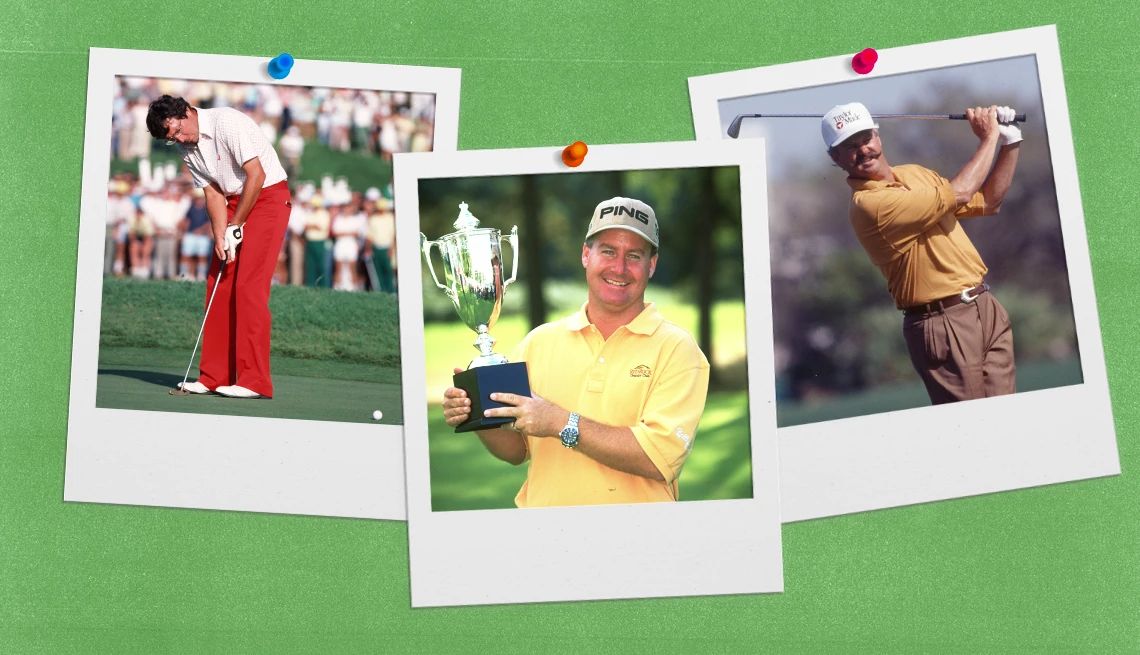AARP Hearing Center


If you’re a golfer of a certain age — more than 50, less than infinity — you’ve probably felt the way I feel. Diminished. I used to smack a good drive 260 yards; now I’ll swing from the heels and hit one 220. My son outdrives me with a three-iron.
Yet the game’s more fun than ever. Why? Because golf gives us wily veterans so many chances to make up for our shortcomings. If you want proof, watch the PGA Tour Champions, the tour for pros 50 and over, where senior golfers tee it up for multimillion-dollar purses. The holes tend to be shorter than on the regular PGA Tour and the players may get to ride in carts, but the golf’s still world-class.
“Nobody’s immune to aging. We all lose flexibility and power in our 50s, 60s and 70s,” says tour pro and longtime TV analyst Gary McCord. “But there are ways to compensate.” During 23 seasons on the PGA Tour, McCord, now 76, amassed zero victories in 422 tournaments. He joked about his record with a license plate that read NO WINS. But after turning 50, he won twice on the senior tour and racked up more than $4 million in total PGA Champions earnings. “Golf’s a great game for a bunch of reasons,” he says. “One of the best is that you can always get better.”
As the Presidents Cup kicks off in Montreal (Sept. 24–29), we take a look at how to improve every facet of your game after 50.
On the tee
Too many older players bend at the waist, leaning over the ball. That may be more comfortable, but it’s better to stand tall, with what senior tour hero Hale Irwin, 79, calls “a nice, straight back.”
Older golfers also tend to tee the ball too low, which can lead to short, blooping drives. “Launch angle’s crucial,” says McCord. “The pro tour average is 12.5 degrees, while for older guys the average launch angle is 7 to 8 degrees. Not enough! If you want to hit longer drives, play the ball a little farther forward in your stance and tee it up higher.”






























































You Might Also Like
Jack Nicklaus on What Keeps Him Connected to the Game
The golf legend reflects on his decades of achievements and how he built his success
Shaquille O'Neal Is Still Holding Court
NBA Hall of Famer talks Olympics, Jerry West, new game showOlympic Gymnast Shannon Miller: ‘The Gold Medal Mindset Sustained Me’
Miller, 47, won multiple golds as part of the “Magnificent Seven” team of U.S. gymnasts at Atlanta in 1996Recommended for You